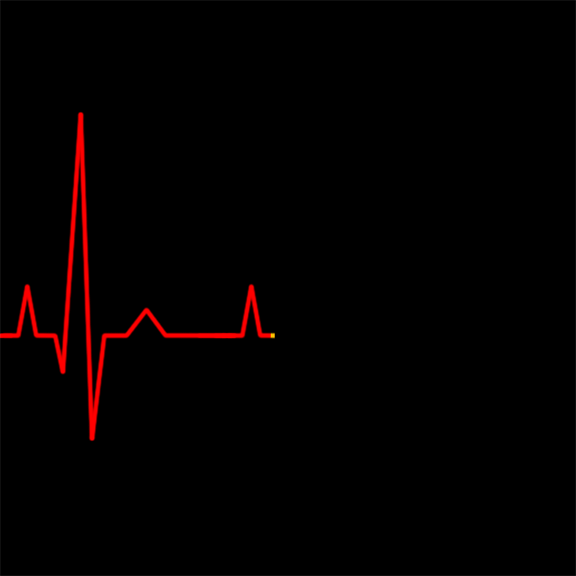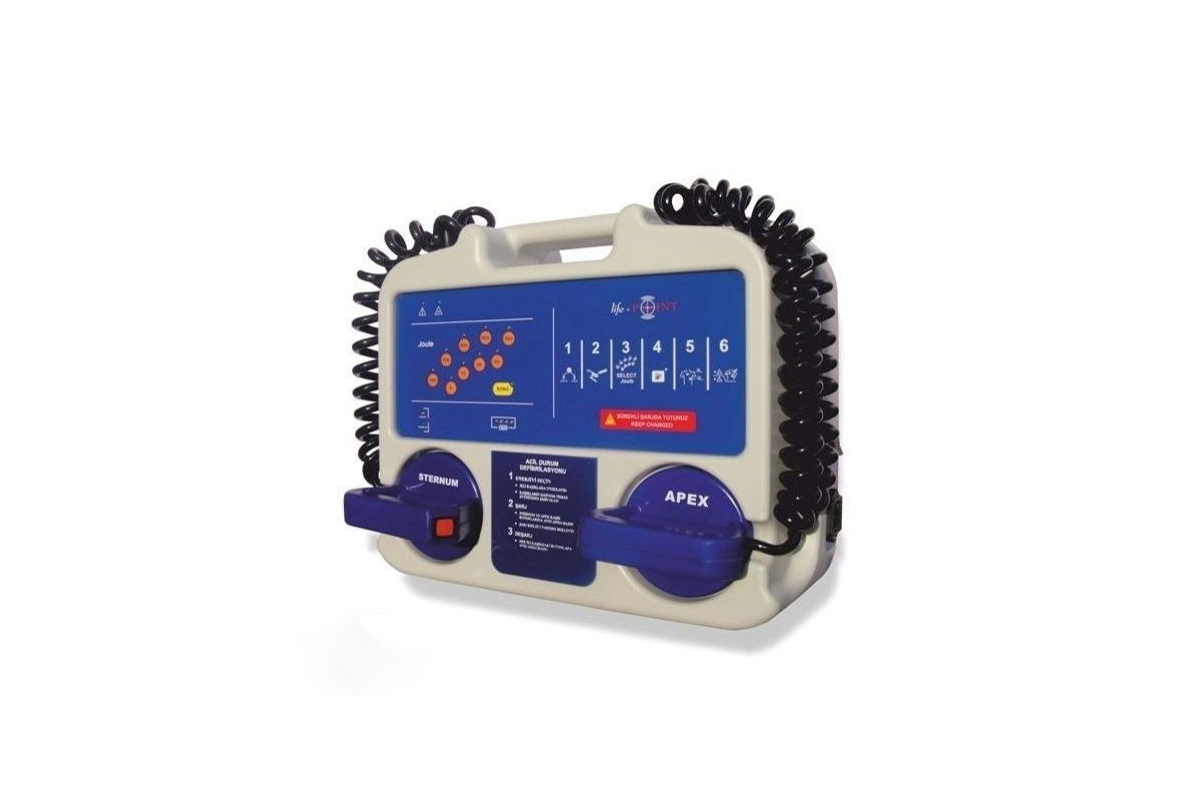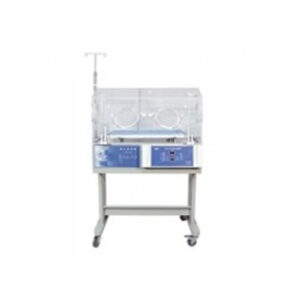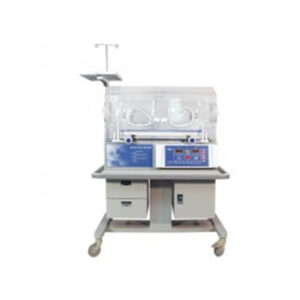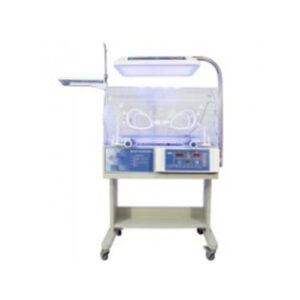Description
Monophasic Defibrillator Device
Monophasic Defibrillator device is a device used to perform defibrillation for the purpose of turning abnormal ECG rhythm into normal rhythm. When heart enters into ventricular fibrillation, the process of returning it to its normal sinus rhythm by giving proper amount of external electric current is called defibrillation, and device used in giving such electric current is called monophasic defibrillator (electro shock device). Should electrical energy is given in the form of shocks, it creates stimulation namely, myocardium is depolarized and systole occurs. To give shock to heart by means of defibrillator, heart should be in ventricular fibrillation or ventricular tachycardia rhythm without pulse.
What’s the importance of early defibrillation?
Defibrillation is a part of basic life support; it is a life saving action to enable normal cardiac operation, ending irregular vibrations on myocardium by giving electric current to heart through monophasic defibrillator device. Defibrillation applied for 20-30 seconds in VF or VT without pulse, converts almost 100% of them to sinus rhythm. Each one-minute delay reduces chance of success by 10%. In case of a 10-minute delay, chance to survive is close to 0. With every minute from development of cardiac arrest with VF or VT without pulse, mortality increases by 7 / 10%. In case of later start of defibrillation, survival chance of patient decreases; and only one among 250 patients can be saved in average in the event of starting cardiopulmonary resuscitation and defibrillation after first 10 minutes.
Monophasic Defibrillation: A type of defibrillation waveform where a shock is delivered to the heart from one vector. In this waveform, there is no ability to adjust for patient impedance, and it is generally recommended that all monophasic defibrillators deliver 360J of energy in adult patients to insure maximum current is delivered in the face of an inability to detect patient impedance.
